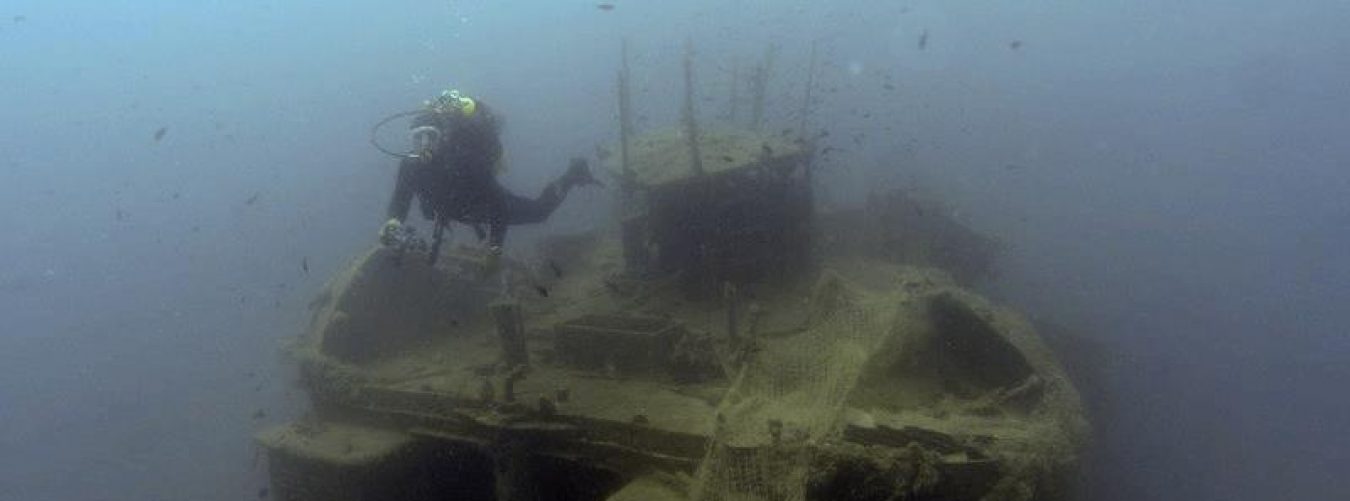The Illyrian Coastal Exploration Program (ICEP) underwater sciences field school traveled from Croatia (the topic of my previous blog post) to the Regional Center for Underwater Demining (RCUD). The RCUD is the top commercial diving and training facility in Montenegro. Students explored the rich maritime cultural heritage around Kotor Bay, including an underwater cave, submerged portions of an ancient city, and of course shipwrecks.
The week in Montenegro was full of exciting research opportunities, just like our time in Croatia. The most fascinating was ancient Risan, which we visited together with the RCUD staff and Dr Dejan Gazivoda. Named Rhizon in Antiquity, it is the old city in Kotor Bay and Illyrian Queen Teuta’s capital. Dating to the 6th century BC and well suited for maritime trade, we found a massive scatter of amphoras on the seafloor under the city. Kotor Bay is a beautiful natural harbor and ships from all over the Mediterranean stopped to trade with Risan. Dr Piotr Dyczek and a Polish team of archaeologists have been excavating on land since 2000, as well as some underwater survey, and have learned a great deal of new information on ancient Illyrians. The scatter on the seafloor and submerged structures suggest that there is a great deal of left to learn underwater.
I am editing an upcoming book titled “The Archaeology of Underwater Caves,” so field school co-director Derek Smith let me know that the RCUD divers were interested in showing us an underwater cave I jumped at it. Derek and I have been working in Albania’s Blue Eye spring for several years and are both cave divers, but we were hesitant to take student into an overhead environment. However, we were assured by the RCUD staff about the safe depth of the cave and that the fact that all the students were qualified AAUS scientific divers. After a quick briefing about caves in paleolandscapes and the archaeological potential of underwater caves, we jumped in the boat and headed to the site. I quickly realized there was nothing to worry about. The cave was enormous, riddled with exits, and close to the surface. The cave would have been dry 10,000 years ago; however, no cultural material was found in the cave to my disappointment. The student enjoyed the exercise and I hope to have some new converts to underwater cave archaeology.
Students also surveyed several shipwrecks from an ancient amphora scatter along an island inside Kotor Bay to a World War II shipwreck sunk just outside the entrance to Kotor. We surveyed around several navigational hazards in the bay, finding amphoras from nearby Croatia as well as Rhodian amphoras from the Aegean and North African amphoras from Tunisia. Much is left to be done recording the ancient sites in Kotor, though the RCUD divers have covered every inch of the bay and are ready to share this information with archaeologists. The bay’s rich history has left its imprint beneath the waves, from ancient through modern time, just waiting to be discovered.
We would like to thank RCUD director Veselin Mijajlović and the Center’s staff for hosting us. Though the ICEP staff is bit sad that this field school is complete, we look forward to next year’s collaborations with Montenegro’s RCUD and Croatia’s ICUA. Remember to check out photos from the field school on the ICEP Facebook page.









